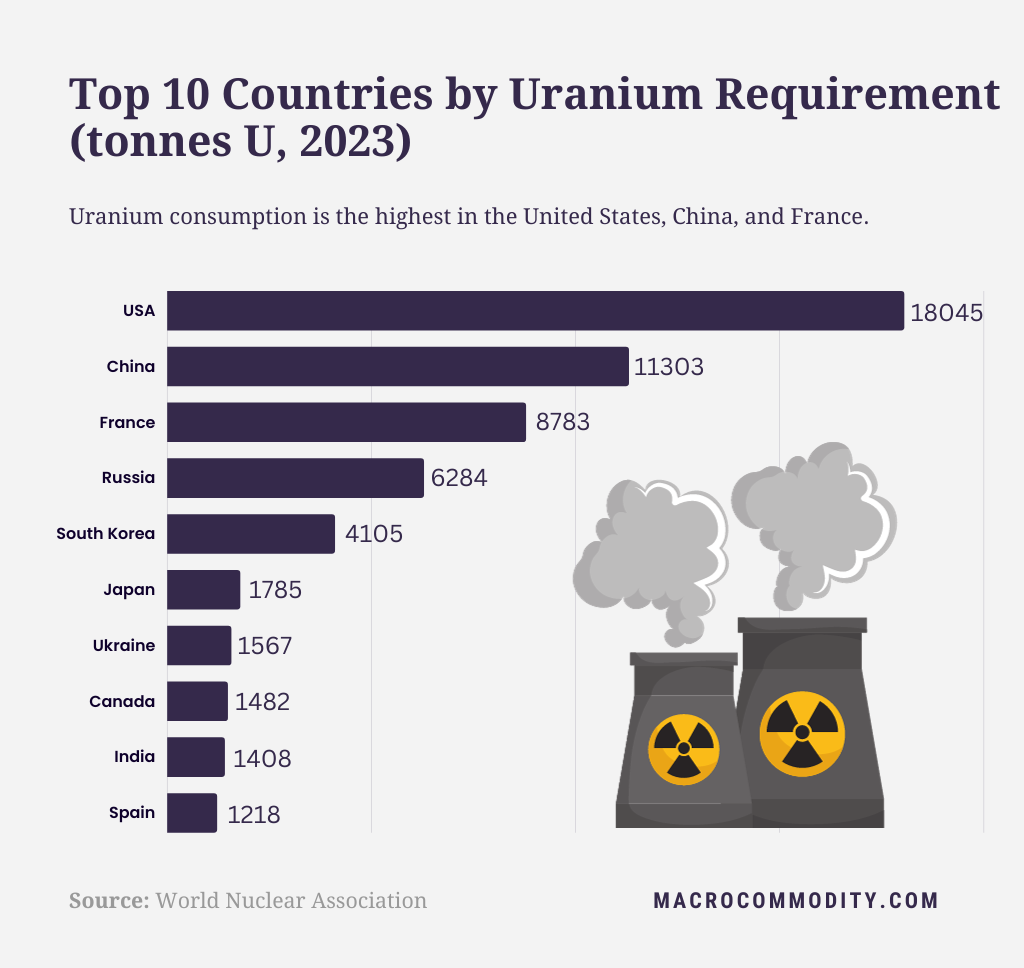The Significance of Intercept Lengths for Commodity Investors
What is an Intercept?
In the context of mineral exploration, an intercept refers to the length of a mineralized zone that a drill hole encounters. Think of the Earth as a layered cake, and the drill as a skewer piercing through different layers. If one of those layers contains valuable minerals, the length of that layer the skewer goes through is the intercept.
True Width vs. Drilled Width
There are two ways to report an intercept: as a “true width” or a “drilled width.”
- True Width: This is the actual thickness of the mineralized zone, as it would appear if you were looking at it from the side. It represents the real extent of the mineral deposit in that particular section.
- Drilled Width: This is the length of the mineralized section as intersected by the drill hole. Due to the angle at which drilling might occur, the drilled width can be longer than the true width.
Imagine you’re trying to measure the thickness of a book by piercing a needle through it. If you pierce it from the front cover straight to the back, the length of the needle inside the book would represent the true width. But if you pierce it at an angle, the needle would traverse a longer path inside the book, representing the drilled width.
Why is this Important for Investors?
- Assessing Potential Value: The length and grade (quality) of an intercept can give investors an idea of the potential value of a mineral deposit. A longer intercept with high-grade minerals might indicate a more valuable deposit.
- Comparing Exploration Results: When comparing results from different companies or different sites, understanding the difference between true width and drilled width can help investors make apples-to-apples comparisons.
- Evaluating Company Claims: Sometimes, companies might highlight a particularly long drilled width to make a deposit seem more promising. However, if the true width is much shorter, the actual value of the deposit might be less than it appears.

